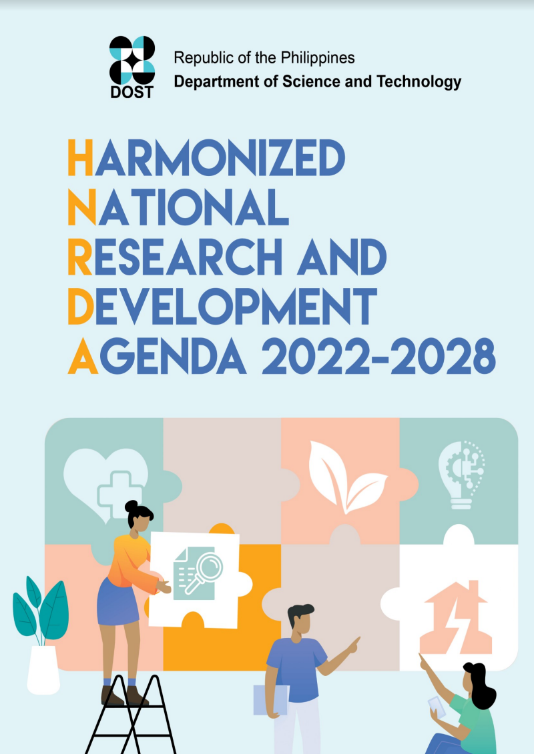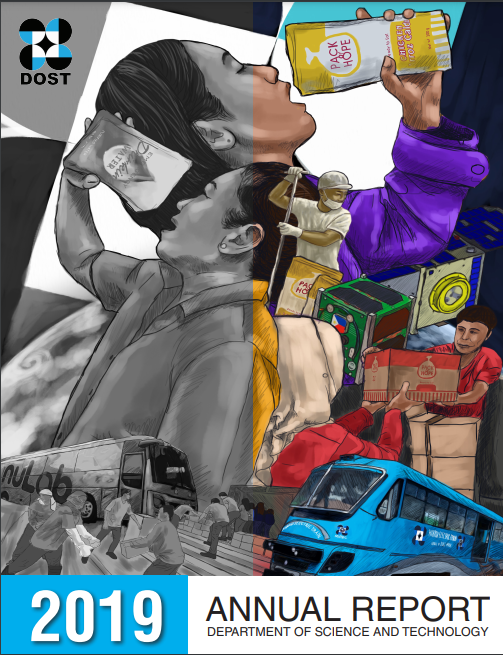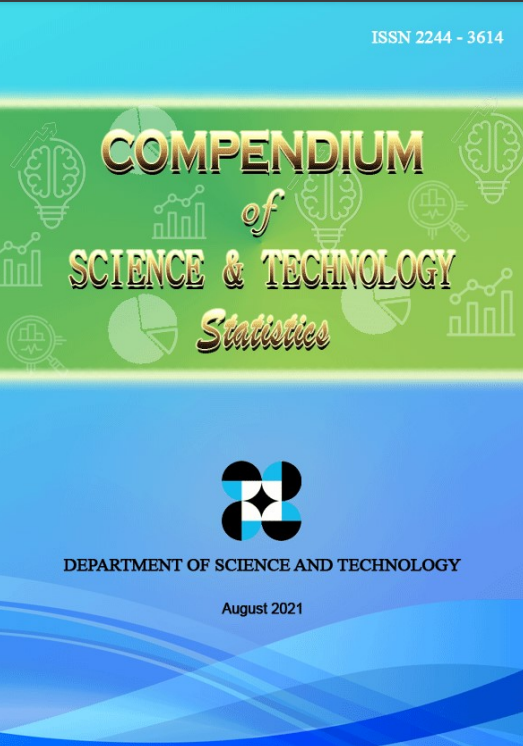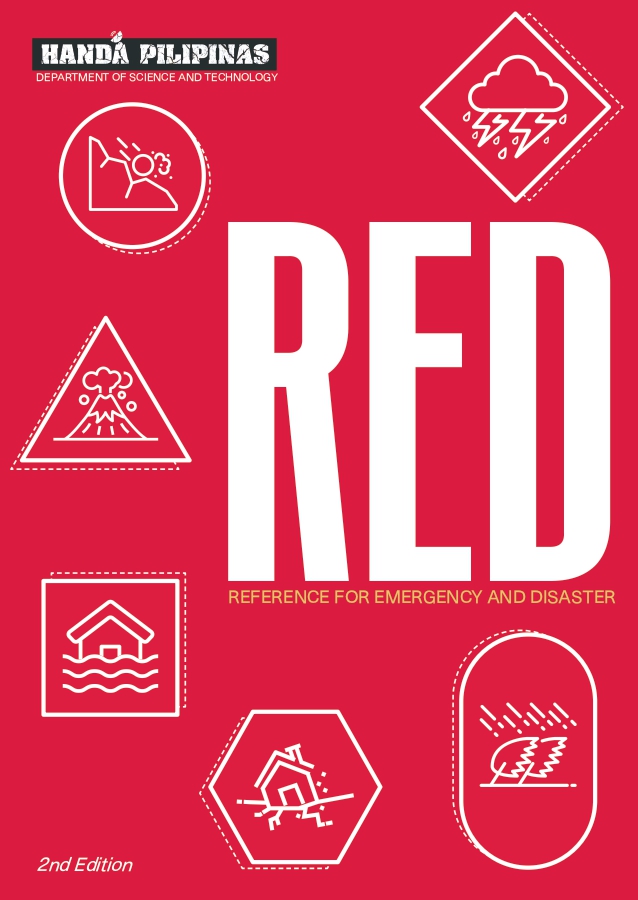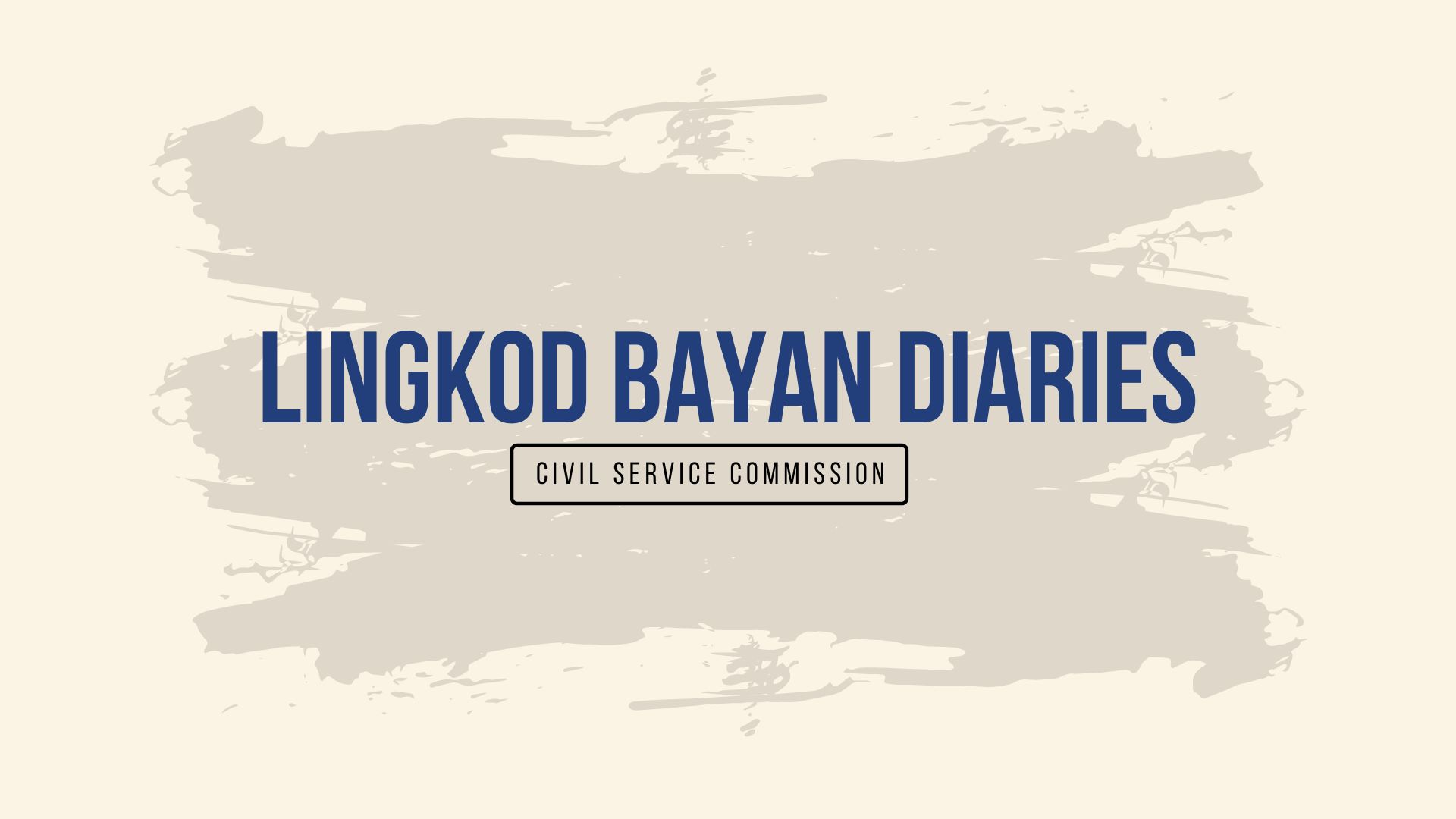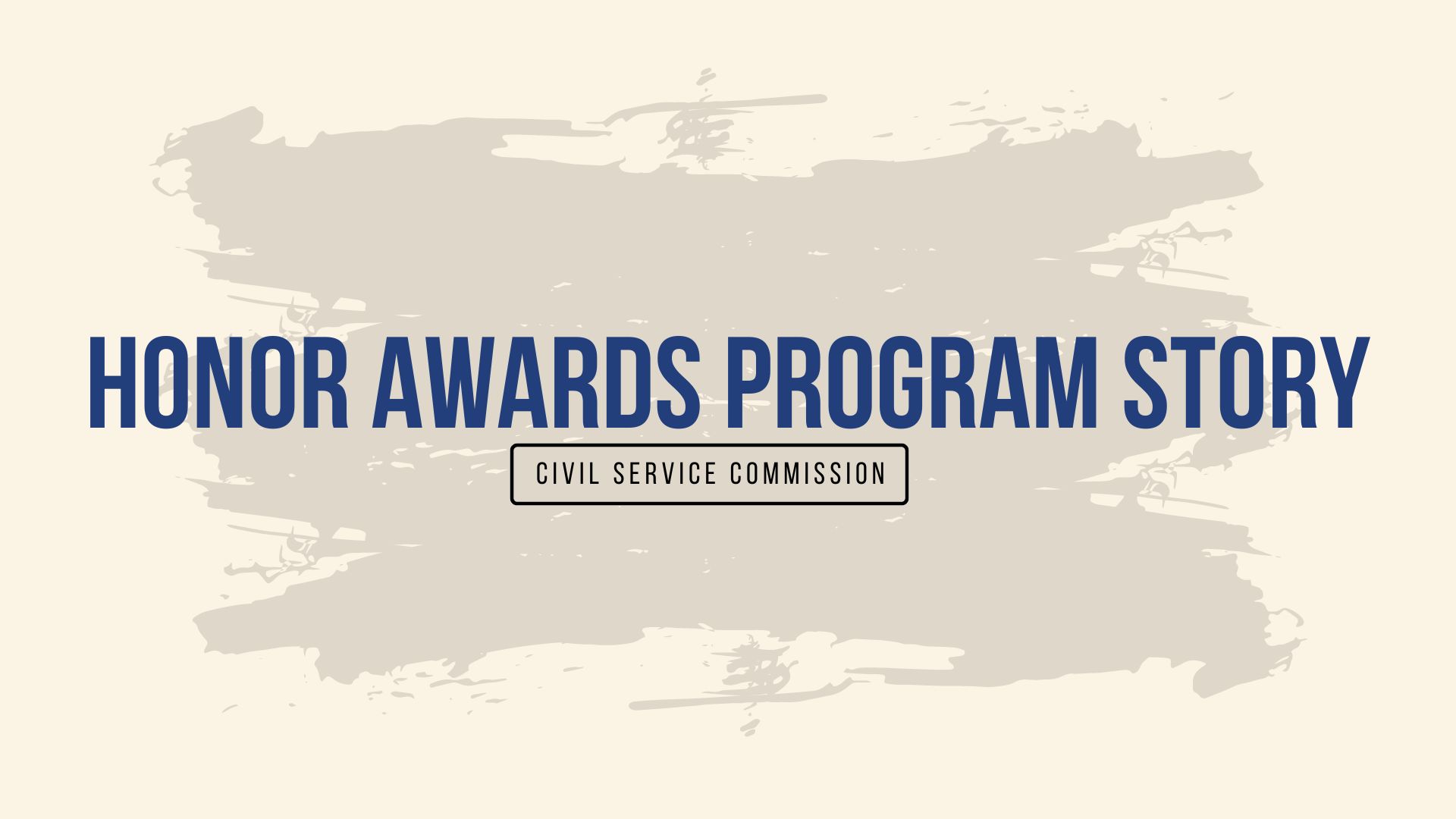DOST gets IBM supercomputer for weather early warning & genomics research
- Details
- Hits: 3918
The Blue Gene, considered as one of the fastest and most powerful computers in the world and developed by the IT-giant IBM, is set to revolutionize the weather early warning systems as well as genomics research in the country. A milestone in Department of Science and Technology’s long-term partnership with IBM in driving the country’s efforts in research and development (R&D), the arrival of the Blue Gene by the last quarter of 2013 puts the country in the map being the first in South East Asia to acquire IBM’s million-dollar supercomputer.
The DOST-IBM tie-up was formally brokered in May 2012 through the signing of a Memorandum of Agreement to set up a permanent R&D laboratory.
“The Blue Gene supercomputer opens many doors for the country and reduces our uncertainty (in R&D). Our vision for a Smarter Philippines needs breakthrough instruments as this (Blue Gene supercomputer) to propel us toward advancement,” said DOST Secretary Mario G. Montejo.
Blue Gene would enable local scientists to perform very complex calculations that are otherwise impossible without the aid of said equipment. According to Sec. Montejo, high performance computing machines like the Blue Gene are indispensable in advanced S&T areas requiring high technical and scientific calculations. DOST’s Blue Gene will thus be used for weather and climate modeling, and genomics which is the study of living organisms’ whole set of genes.
“Aside from greatly enhancing our climate change scenarios or modeling, we can make more accurate area-specific weather forecasts and extend our prediction from three days to up to seven days with the help of the IBM Blue Gene,” declared the DOST Chief.
In the area of genomics, the supercomputer will facilitate the analysis and management of data, and provide computational requirements for the recently established Philippine Genome Center, which seeks to explore areas for genomic applications – from varietal improvement of crops, livestock, and other raw materials, to drug discovery and development of advanced, personalized medicines and diagnostic tests, among others.
Meanwhile, IBM executives also reported that Blue Gene’s configuration at 13.9 tera FLOPS (floating point operations per second) enables it to process massive data, aside from possessing amazing hardware capabilities, memory, and processing speed.
“Basically, for a week’s forecast, one can render similar massive data in a multi-core computer and spend weeks and still not finish it. With a supercomputer, it will be much faster than that,” explained Dr. Delfin Jay Sabido IX, IBM research and development executive.
Meanwhile, IBM Senior Vice President Tom Rosamila revealed that the equipment costs over a million dollars but DOST acquired it for just $10 thousand for shipment. “IBM is truly one with DOST to uplift the country’s R&D status,” the IBM executive said.
The supercomputer’s applicability is not limited to just climate modeling and genomics. Other possibilities are being considered by the R&D teams of both DOST and IBM in order to produce more benefits for the country.
The supercomputer is also not exclusive to DOST, said DOST R&D Undersecretary Dr. Amelia P. Guevara. “Other government entities may use it [Blue Gene] for their R&D activities,” she said.
DOST’s dyeing technology gives life - Inmates free up creativity, mull on breaking into market
- Details
- Hits: 3204
Freedom is what male and female inmates of the Mindoro Provincial Jail in Calapan City, Mindoro Oriental experienced while on training for natural dyeing technology by experts from the Department of Science and Technology’s Philippine Textile Research Institute (DOST-PTRI). Particularly, the inmates were given freedom to unleash their creativity and to find opportunities in natural dyeing technology.
The 53 inmates, 75 percent of them in their early 20s, pounded not steel bars but fresh coconut husks, cogon, guava leaves, annatto seeds, turmeric (luyang dilaw), mahogany barks, and talisay leaves to extract natural dyes. Their free-spirited efforts resulted in a variety of colors such as old rose, emerald green, orange, yellow to brown and black, that gave life to abaca fibers.
One of the inmates, Regie, 24, realized the importance of the training to them. “Taos-puso po akong nagpapasalamat sa mga taong nagbigay sa amin ng oras upang turuan kami… dahil sa kanila ang ordinary kong buhay ay nagkaron ng kaalaman.”
Engr. Adela Montalvo, head trainer, also remarked on the inmates’ genuine enthusiasm to learn. “These kinds of activities are perfect for them since they have a lot of idle time,” she said. “These are also very helpful in uplifting their morale and their sense of self purpose.”
“They really need extra help in marketing their products,” she added.
The training was requested by Mindoro Oriental Provincial S&T Director Jesse Pine to further improve and widen the bamboo-based novelty products created by the inmates. The items, sold in the local market, gave the inmates some income and bigger hope to break into the market with finely crafted products.
The S&T intervention provided by DOST-PTRI through the Mindoro Oriental Provincial S&T Center gave the inmates opportunity to expand their products to include a plethora of naturally colored home décors and gift items. The intervention also helps them work towards their rehabilitation and equip them with skills useful even after they leave the prison.
“It is for this purpose of reaching out to the people who need S&T technologies the most that we intensify our countryside technology transfer programs,” explained PTRI Director Carlos C. Tomboc.
The two-day technology training was complete with lectures, demonstrations, and hands-on activities on the actual extraction and application of the natural dyes. The first few hours of the training was dedicated to theoretical discussions making sure the participants understood the importance of the science of exact measurements in the preparation of the chemicals needed for the dyeing process. The rest of the afternoon and the following day were allotted to hands-on exercises to develop the participants’ practical skills on the pretreatment of the fibers and the extraction and application of the natural dyes.
Other than natural dyeing for indigenous fibers, PTRI also offers various training courses on synthetic dyeing, basic and advance handloom weaving that are conducted in the regions and at the Institute, and a number of textile technology processes from fiber and fabric testing evaluation to knitting and spinning technologies. A complete listing of the Institute’s training courses is available at http://www.ptri.dost.gov.ph.

PTRI’s Mr. Noel Saguisag, assistant trainer, demonstrates the proper preparation of mordants for the natural dyeing process of the abaca fibers.

The participants eagerly tear-up the talisay leaves in order to extract the natural hues of the plant. The talisay leaves yield the color black and yellow.

Samples of naturally-dyed fibers in a rainbow of colors produced from locally-available materials.

A symbolism of his much awaited parole, an inmate jubilantly shows his trainer Mr. Saguisag his handiwork, a parol (lantern), made from talisay-dyed abaca fibers.
BPOs need workers with 21st century skills, says DOST
- Details
- Hits: 5119
New graduates nowadays usually flock to call centers and business process outsourcing (BPO) offices that promise jobs with high starting salary plus various bonuses and benefits. With the Philippines as the top global provider of IT-BPO services in Asia, many opportunities indeed await the right candidate.
However, a report from the Business Processing Association of the Philippines (BPAP) indicates a 95 percent mortality rate among call center and BPO applicants. This means that out of 100 candidates, only five get hired. Related reports reveal that the reason for the high mortality rate is because BPO companies just cannot find the right people with the right skills for the number of jobs offered.
“We need to develop ‘smarter people’ to keep abreast with the developments,” said Department of Science and Technology Secretary Mario Montejo. “Developing smarter people means building up knowledge workers with 21st century skills.”
Developing “smarter people” is one of the components of DOST’s latest umbrella program called “Smarter Philippines” which aims to facilitate and deliver more effective and efficient services in several sectors.
Other components of the program include Smarter Government, Smarter Economy, Smarter Mobility, Smarter Environment, Smarter Living and Smarter Cities.
“’Smarter people’ are in a nutshell information technology-oriented,” explained Dr. Alejandro P. Melchor III, deputy executive director for ICT Industry Development of the Information and Communications Technology Office (ICTO), DOST’s lead agency in handling the BPO sector.
Smarter people, in short, are what the BPOs and call centers need. And these are the skills they are looking for, according to Melchor: 1) critical thinking; 2) effective written oral, multimedia, and multilingual communication skills; 3) collaboration across networks; 4) creativity and innovation; 5) accessing and analyzing information; 6) initiative and entrepreneurialism; and 7) agility and adaptability.
Critical thinking. “The most important skill that BPOs are looking for in every worker is critical thinking,” said Melchor. “This refers to having a modern scientific mind.”
Critical thinking is what makes a person able to discern new challenges and opportunities out of all the information available in order to make high-impact decisions, think strategically, manage change, solve problems, and embrace risk and rejection as needed in entrepreneurial thinking.
Effective communication. The 21st century worker needs to be able to express himself or herself whether face-to-face, via media, or via Internet such as e-mail exchange or online forums. BPOs and call centers communicate and coordinate with people of all nationalities, such that workers need to be flexible in dealing with people of various age groups, ethnicities, socioeconomic conditions, and profession. Further, effective communication also means being able to listen to others.
Collaboration across networks. Today’s workers should get familiar with learning other people’s methods, cultural references, and work habits to ensure effective collaboration. Learning to trust others in the midst of a virtual environment is also essential, as communication is only done via e-mails, net meetings, and conference calls with little or no personal interaction.
Creativity and innovation. This is the ability to think out-of-the-box and attack problems from a new angle. Related skills include planning skills and generating ideas; developing abstract thinking by exploring relationships, patterns, and association; and maintaining curiosity.
Accessing and analyzing information. It is important to know where to find the right information at the fastest possible time, distinguish between fact and opinion, evaluate the relevance and importance of other people’s arguments, and know what to do with information that are conflicting, inadequate, and ambiguous.
Initiative and entrepreneurialism. Today’s corporations have evolved from being top-down to a “flattened” model, thus employees are often left on their own to figure things out. Workers today need initiative and to do things without being told, including offering creative solutions to the company’s unique problems.
Flexibility and adaptability. This skill is very important, as good opportunities come to those who are willing to relocate or move from one position or job to another. This is one mark of a person’s good managerial and leadership skills. Moreover, agility and adaptability makes employers confident of their workers, trusting them to be stable even during turbulent times and able to cope with new and challenging responsibilities.
Today’s businesses do demand more from the current crop of workforce, thus 21st century skills are critical factors that affect the chances of applicants’ success. The Smarter People component of “Smarter Philippines” will have the government through DOST work closely with the industry and the academe in coming up with ICT-enabled tools to help today’s workers develop these skills.
DOST launches apps for smarter gov’t services
- Details
- Hits: 14483
In celebration of the Information and Communication Technology or ICT Month this June, the Department of Science and Technology launched major Information and Communications Technology (ICT) applications and services that will make government services more efficient and effective.
The apps, components of the DOST flagship project titled Integrated Government Philippines (iGovPhil), were the Public Key Infrastructure (PKI), government-wide email system (GovMail), government cloud (GovCloud), Agency Records Inventory System (AgRIS), and Government Website Template.
According to DOST Secretary Mario Montejo, the ICT applications were designed “to enable more efficient government operations that will benefit the citizens through faster delivery of goods and services.”
According to Engr. Denis F. Villorente, iGovPhil project director, the PKI will provide added security to government online transactions and communications with the use of dual keys for sealing and opening documents online. It also uses digital certificates for authentication and verification. The technology is useful not only in government services but also in other transactions with the public, such as the delivery of services and online payment.
He added that with GovMail, the government will have a uniform email and online identity. “The email, including data and other records, will be stored in a remote and secure facility,” he said, refering to GovCloud.
The “cloud” is a server and storage facility usually offered by private third-party providers to free their clients of the worries of backing up and safeguarding their data. The GovCloud is owned and operated by the government and data is hosted at a government data center.
Part of the effort to give the government a unique corporate identity is the creation of the Government Website Template. Government agencies are urged to adopt the template to give their websites a common “look and feel.”
“With one look, the user will be able to say that this is a Philippine government website,” Villorente said. “The agencies, of course, still control content on their sites. They will have features that show their line of service, like content and presentation.”
AgRIS is an inventory of files, documents and records kept by each government agency. Its role is to keep track and provide a list of all these records and store them in a government data center in preparation for the eventual implementaton of the National Archives and Records Management (NARM) program. NARM aims to optimize the use of government resources by integrating existing assets and improve public service by speeding up document research, access and processing.
The iGovPhil project aims to enhance government efficiency and effectiveness by using and putting relevant mechanisms to implement interactive, interconnected and interoperable government applications. Some of the components of the project include a Government Email system, Public Key Infrastructure to enhance the security of transactions and communications, the National Records Management Information System (NARMIS), a secure payment gateway, secure data centers and integrated fiber optic network to interconnect the various agencies of government.
As part of the Smarter Philippines umbrella program, iGovPhils is envisioned to advance the country’s economy through better delivery of government services.
The June 10-14 celebration is being held at the Information and Communications Technology Office (ICTO) at C.P. Garcia Avenue, Diliman, Quezon City.
An executive briefing and consultations with government agencies were held on the first day. Other ongoing events include job fair, IT solutions fair, policy stakeholders consultations, cyber security meeting, series of training on government website, signing of memoranda of agreement and videos and demonstrations of iGovPhil products and services.

DOST Secretary Mario G. Montejo and Intergrated Government Philippines Project (iGov Phil) Director Denis Villorente cut the ceremonial ribbon opening of iGov Phil Events during National ICT Month 2013.













